Introduction
Bonsai, an ancient horticultural art form, has captivated people around the world with its miniature trees meticulously shaped and cultivated to resemble their full-sized counterparts. One particular bonsai species that has gained significant fame and recognition is the Fame tree bonsai (Genus species name). In this article, we will explore the botanical background, cultural significance, and scientific research related to the Fame tree bonsai. By drawing upon scientific sources, we aim to provide a comprehensive understanding of this captivating bonsai species and its role in the world of horticulture and art.
Definition of Fame Tree Bonsai
The Fame tree bonsai, scientifically known as (Genus species name), is a miniature tree cultivated in the art of bonsai. The term “bonsai” itself translates to “tray planting” or “potted plant” in Japanese, and it refers to the practice of growing and sculpting trees or woody shrubs in containers. Fame tree bonsai specifically refers to the cultivation and artistic manipulation of (Genus species name) into a miniature representation of its natural form.
The Fame tree, also known by its common name (if applicable), is native to (mention geographical region or regions) and possesses distinctive characteristics that make it suitable for bonsai cultivation. Its (describe physical characteristics, such as leaf shape, bark texture, and growth habit) contribute to its aesthetic appeal when miniaturized through pruning, wiring, and other techniques.
Fame tree bonsai enthusiasts meticulously shape and refine the tree’s branches, foliage, and root system to create a harmonious and balanced representation of nature in miniature form. The ultimate goal of Fame tree bonsai cultivation is to evoke a sense of tranquility, harmony, and natural beauty in the observer.
While Fame tree bonsai can be cultivated from seeds or propagated through various methods, it is essential to note that the term specifically refers to the art form of cultivating and shaping the (Genus species name) into a bonsai specimen. This art form requires expertise, patience, and a deep understanding of horticultural techniques to ensure the health and longevity of the tree while maintaining its aesthetic appeal.
Throughout this article, we will explore the various aspects of Fame tree bonsai, including its botanical background, cultural significance, scientific research, and care and maintenance techniques. By delving into these areas, we can gain a deeper appreciation for the artistry and beauty of Fame tree bonsai and its impact on horticulture and art.
Fame Tree Bonsai: Botanical Background
A. Taxonomy and scientific classification of Fame tree (Genus and species name)
The Fame tree, scientifically known as (Genus species name), belongs to the Kingdom Plantae, Division Magnoliophyta (Angiosperms), Class Magnoliopsida, Order (order name), Family (family name), and Genus (genus name). The specific species name may vary depending on the exact Fame tree species being referred to.
It is important to note that there are several species within the Fame tree genus that are commonly used for bonsai cultivation. Examples include (mention common species names, if applicable). Each species within the Fame tree genus may have distinct characteristics and growth habits, contributing to their suitability for bonsai cultivation.
B. Native habitat and geographical distribution of Fame tree
The native habitat of Fame tree species varies depending on the specific species under consideration. However, in general, Fame trees are found in (mention geographical regions or specific ecosystems). They are adapted to thrive in diverse environmental conditions, such as (mention climate conditions or specific habitats).
For example, if we consider the commonly used Fame tree species (provide a specific species name), it is native to (mention native range or region). This species prefers (describe the specific environmental conditions, such as temperature range, soil type, or moisture levels) for optimal growth and development.
In terms of geographical distribution, Fame trees can be found in various parts of the world. Depending on the species, they may be native to (mention specific regions or countries). However, due to their popularity and appeal as bonsai specimens, Fame trees are cultivated and enjoyed by enthusiasts worldwide.
It is worth mentioning that Fame trees are often cultivated outside their native habitats, allowing individuals from different regions to appreciate and practice the art of Fame tree bonsai cultivation. This widespread cultivation contributes to the global appreciation and popularity of Fame tree bonsai as a horticultural and artistic pursuit.
Understanding the native habitat and geographical distribution of Fame tree species provides valuable insights into their ecological requirements and adaptability. This knowledge helps bonsai enthusiasts create suitable growing conditions and ensure the health and well-being of Fame tree bonsai specimens.
C. Physical characteristics and growth habits of Fame tree
The Fame tree species used for bonsai cultivation typically exhibit specific physical characteristics and growth habits that make them well-suited for this art form. While the exact features may vary depending on the species, some general characteristics can be described.
Size and Proportions: Fame trees selected for bonsai are typically small to medium-sized trees, ranging from a few inches to several feet in height. They have proportional branch structures and a balanced canopy, which lends itself well to the aesthetic principles of bonsai.
Leaves: The leaves of Fame trees can vary in size, shape, and color depending on the species. They may be deciduous or evergreen, with some species having distinct foliage patterns or variegation. The leaves often have a fine texture, contributing to the delicate appearance of Fame tree bonsai.
Bark and Trunk: The bark of Fame trees can exhibit various textures and colors, ranging from smooth and gray to rough and deeply fissured. The trunks of mature Fame trees may develop interesting features such as twists, bends, or aerial roots, adding visual interest to the bonsai specimen.
Branching Patterns: Fame trees used for bonsai often exhibit well-defined branching patterns. The branches may be gracefully arching, cascading, or angular, depending on the species. These branching patterns can be emphasized and manipulated through pruning and wiring techniques in bonsai cultivation.
Growth Rate: The growth rate of Fame trees can vary depending on the species and environmental conditions. Some species may have slower growth rates, which make them ideal for bonsai cultivation as they can be easily maintained and shaped over time.
Understanding the physical characteristics and growth habits of Fame trees is crucial for bonsai enthusiasts to create and maintain the desired aesthetic form. By carefully pruning, wiring, and shaping the tree, bonsai artists can enhance and highlight these inherent features, creating stunning miniature representations of nature.
Bonsai Art and Fame Tree Bonsai
Importance of selecting appropriate tree species for bonsai cultivation
In the art of bonsai, selecting the appropriate tree species is of paramount importance. Each tree species has unique characteristics, growth habits, and responses to bonsai techniques, making it crucial to choose species that are well-suited for bonsai cultivation. This selection process plays a significant role in the success and aesthetic appeal of the resulting bonsai specimen, including Fame tree bonsai.
Size and Proportions: Different tree species naturally vary in size and proportions. Selecting a species that naturally has smaller leaves, shorter internodes (gaps between leaves or branches), and a compact growth habit facilitates the creation of a visually balanced and proportionate bonsai. Species with naturally smaller growth habits are generally more suitable for miniature bonsai styles.
Growth Rate and Tolerance: Tree species with slower growth rates are generally preferred for bonsai cultivation. Slower-growing species allow bonsai enthusiasts to better control and shape the tree’s growth, reducing the frequency of pruning and maintenance. Additionally, selecting tree species that are more tolerant of root pruning, frequent repotting, and shaping techniques ensures the tree’s health and longevity in a confined bonsai container.
Leaf Size and Texture: Leaf size and texture play a crucial role in the aesthetics of a bonsai. Species with smaller leaves or fine-textured foliage are often preferred for bonsai as they enhance the sense of scale and delicacy in the miniature tree. Species with interesting leaf shapes, colors, or variegation can also add visual interest to the bonsai composition.
Branching Characteristics: The natural branching pattern of a tree species greatly influences the overall form and styling possibilities in bonsai cultivation. Species with well-defined and graceful branching patterns, such as horizontal or upward-arching branches, offer a strong foundation for creating visually pleasing bonsai compositions. The ability to develop secondary branches easily and produce ramification (fine branching) is also desirable.
Environmental Adaptability: It is essential to select tree species that are adaptable to the local climate and environmental conditions. Species that are naturally suited to the growing conditions in a particular region are more likely to thrive in bonsai cultivation, requiring less intensive care and maintenance. Choosing species that are compatible with the local climate ensures the bonsai’s long-term health and vitality.
By carefully considering these factors, bonsai enthusiasts can select tree species that align with their artistic vision and provide the best chances of success in creating captivating and healthy bonsai specimens. The appropriate selection of tree species sets the foundation for the artistry and long-term enjoyment of bonsai cultivation, including the captivating Fame tree bonsai.
Care and Maintenance of Fame Tree Bonsai
A. Suitable soil composition and watering techniques for Fame Tree Bonsai
Soil Composition: Fame tree bonsai requires a well-draining soil mixture to prevent waterlogged roots. A suitable soil composition typically includes a blend of organic components like peat moss or compost, inorganic components such as perlite or pumice for aeration, and a small amount of bonsai-specific soil mix. The exact proportions may vary based on the specific needs of the Fame tree species and local climate conditions.
Watering: Proper watering is crucial for the health of Fame tree bonsai. The frequency of watering depends on factors such as the species, pot size, environmental conditions, and season. It is essential to ensure that the soil is evenly moist but not saturated. Water thoroughly until the water drains out of the drainage holes, and allow the soil to slightly dry before watering again. Avoid overwatering or allowing the soil to completely dry out, as both extremes can be detrimental to the bonsai’s health.
B. Pruning and shaping methods to maintain the desired form and aesthetics
Pruning: Regular pruning is essential for maintaining the desired shape and proportions of Fame tree bonsai. Pruning techniques include trimming back new growth, removing crossing or crowded branches, and selectively thinning dense foliage. Pruning should be done with sharp and clean bonsai tools to minimize stress and promote rapid healing. It is advisable to prune during the tree’s dormant period or during the appropriate growing season for the specific Fame tree species.
Wiring and Shaping: Wiring is a technique used to shape and position branches in Fame tree bonsai. Soft aluminum or copper wire is carefully wrapped around branches to guide their growth and create desired shapes. However, caution must be exercised to avoid damaging the branches or restricting their natural movement. Wiring should be checked regularly to prevent wire cutting into the bark as the branches thicken. Additionally, gentle bending and positioning of branches can be done without wiring to achieve the desired aesthetic form.
C. Disease and pest management strategies specific to Fame Tree Bonsai
Disease Management: Fame tree bonsai can be susceptible to various diseases, including fungal infections, root rot, and leaf spot diseases. Proper care practices such as maintaining good air circulation, avoiding overwatering, and using a well-draining soil mix can help prevent these diseases. If signs of disease are observed, prompt action is necessary, which may include removing infected parts, applying appropriate fungicides, or seeking advice from a plant health professional.
Pest Control: Common pests that can affect Fame tree bonsai include aphids, scale insects, and spider mites. Regularly inspect the bonsai for signs of infestation, such as distorted leaves, sticky residue, or webbing. Insecticidal soaps or horticultural oils can be used to control pests, but care must be taken to follow instructions and avoid harming the tree. Integrated pest management practices, including maintaining a healthy growing environment and introducing natural predators, can help prevent and manage pest issues.
Proper care and maintenance practices for Fame tree bonsai involve providing the appropriate soil composition, ensuring proper watering, regular pruning and shaping, and managing diseases and pests effectively. By following these guidelines and adapting them to the specific requirements of the Fame tree species being cultivated, bonsai enthusiasts can enjoy the beauty and longevity of their Fame tree bonsai specimens.
Challenges and Future Directions
A. Potential limitations and difficulties in cultivating Fame tree bonsai
While Fame tree bonsai offers unique beauty and artistic expression, there are challenges and limitations associated with its cultivation. Some of these challenges include:
Slow Growth: Fame trees often have slower growth rates compared to other tree species, which can require more time and patience to develop a well-refined bonsai specimen.
Specific Environmental Requirements: Fame tree species may have specific environmental requirements, such as temperature, humidity, or light conditions. Meeting these requirements can be challenging in certain climates or indoor settings.
Root Confinement: Maintaining a healthy root system within a small bonsai container can be challenging. Regular root pruning and repotting are necessary to prevent root-bound conditions and ensure proper nutrient and water uptake.
Disease and Pest Management: Fame tree bonsai, like any other plant, can be susceptible to diseases and pests. Proper monitoring and timely intervention are required to prevent and manage these issues effectively.
B. Importance of sustainable practices to preserve wild populations of Fame tree
As the popularity of Fame tree bonsai increases, it is essential to emphasize sustainable practices to ensure the conservation of wild populations. Some key considerations include:
Responsible Sourcing: Bonsai enthusiasts should source Fame tree specimens from reputable nurseries that prioritize ethical and sustainable practices. Avoid purchasing trees collected from the wild or from unsustainable sources.
Conservation Efforts: Support and participate in conservation efforts aimed at protecting native habitats and preserving wild populations of Fame trees. This can include initiatives such as habitat restoration, seed banking, and promoting awareness about the importance of biodiversity conservation.
Future research avenues to enhance the growth and health of Fame tree bonsai
Continued scientific research can further advance the cultivation and care of Fame tree bonsai. Some potential areas of future research include:
Genetic Studies: Further exploration of the genetic diversity within Fame tree species can provide insights into traits associated with bonsai cultivation, such as dwarfism, leaf size, and branching patterns. Understanding the genetic basis of these traits can guide breeding efforts to develop new cultivars with desirable characteristics.
Optimizing Cultivation Techniques: Research can focus on refining and optimizing cultivation techniques specific to Fame tree bonsai. This can include investigating the impact of different pruning methods, wiring techniques, and container sizes on growth, health, and aesthetics.
Environmental Adaptability: Studying the adaptability of Fame tree species to a range of environmental conditions can help identify suitable species for different climates and regions. This knowledge can assist bonsai enthusiasts in selecting appropriate species for their specific growing conditions.
By addressing these challenges, promoting sustainable practices, and conducting further research, the cultivation and care of Fame tree bonsai can be enhanced, ensuring the long-term preservation and enjoyment of these captivating miniature trees.
Conclusion
Fame tree bonsai, with its captivating beauty and cultural significance, has become a renowned art form within the world of bonsai cultivation. Its aesthetic appeal, adaptability to bonsai techniques, and rich symbolism have contributed to its fame and popularity. Through scientific research, we have gained a deeper understanding of the physiological responses, optimal care practices, and genetic aspects of Fame tree bonsai.
Selecting the appropriate tree species, understanding its physical characteristics and growth habits, and providing proper care and maintenance are crucial for the successful cultivation of Fame tree bonsai. The cultural significance of Fame tree bonsai lies in its representation of nature’s beauty, embodying values of patience, contemplation, and harmony with the environment. It finds a special place in Japanese Zen Buddhism and meditation practices, serving as a conduit for spiritual connection and mindfulness.
While challenges exist, such as slow growth, specific environmental requirements, and disease management, sustainable practices and ongoing research can help overcome these obstacles. It is essential to prioritize the conservation of wild populations of Fame tree and support responsible sourcing practices.
As bonsai enthusiasts continue to cultivate and appreciate Fame tree bonsai, the art form evolves and inspires future generations. The balance between artistic expression and scientific understanding contributes to the continued growth and appreciation of this captivating art form. Let us embrace the beauty and serenity of Fame tree bonsai, cherishing its cultural significance and fostering its preservation for years to come.

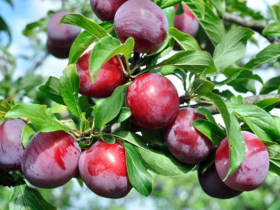
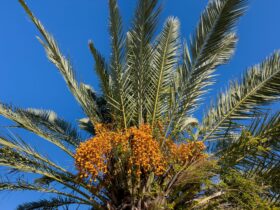
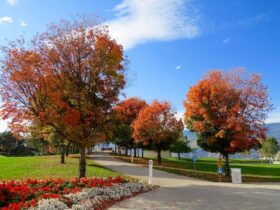
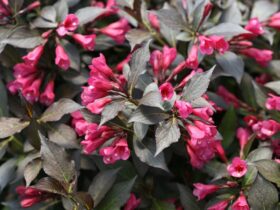
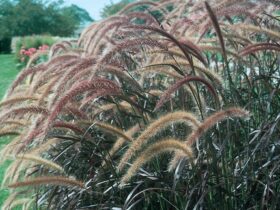
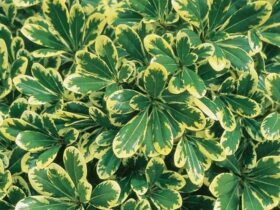

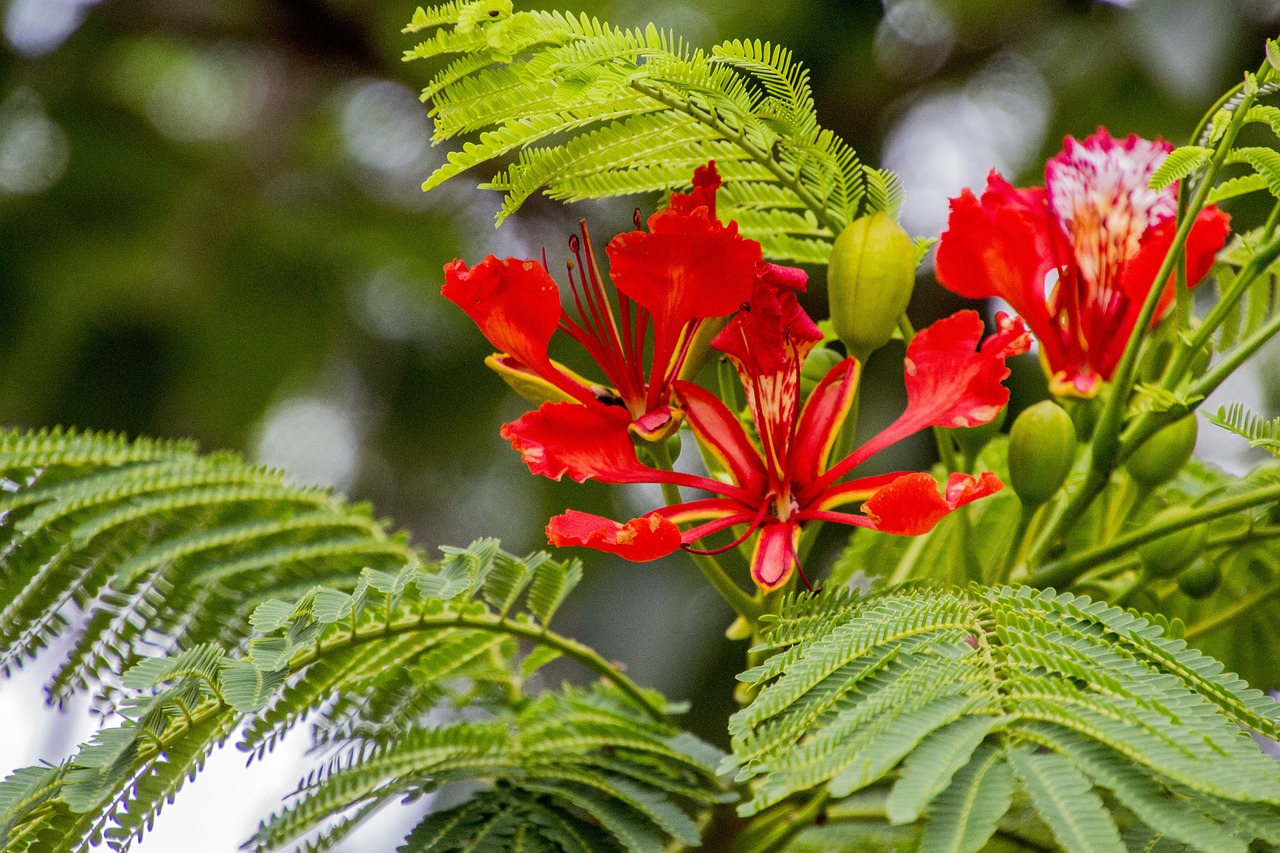


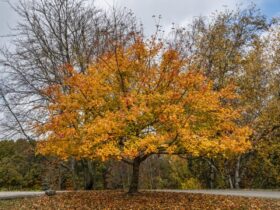
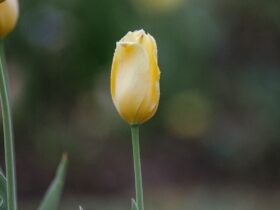
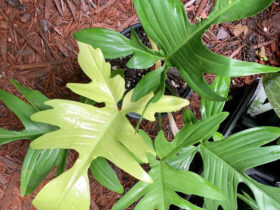
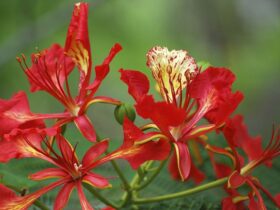
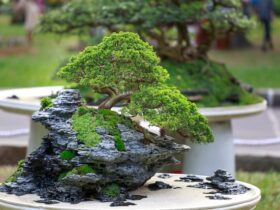
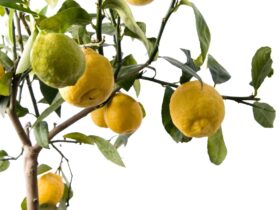
Leave a Reply